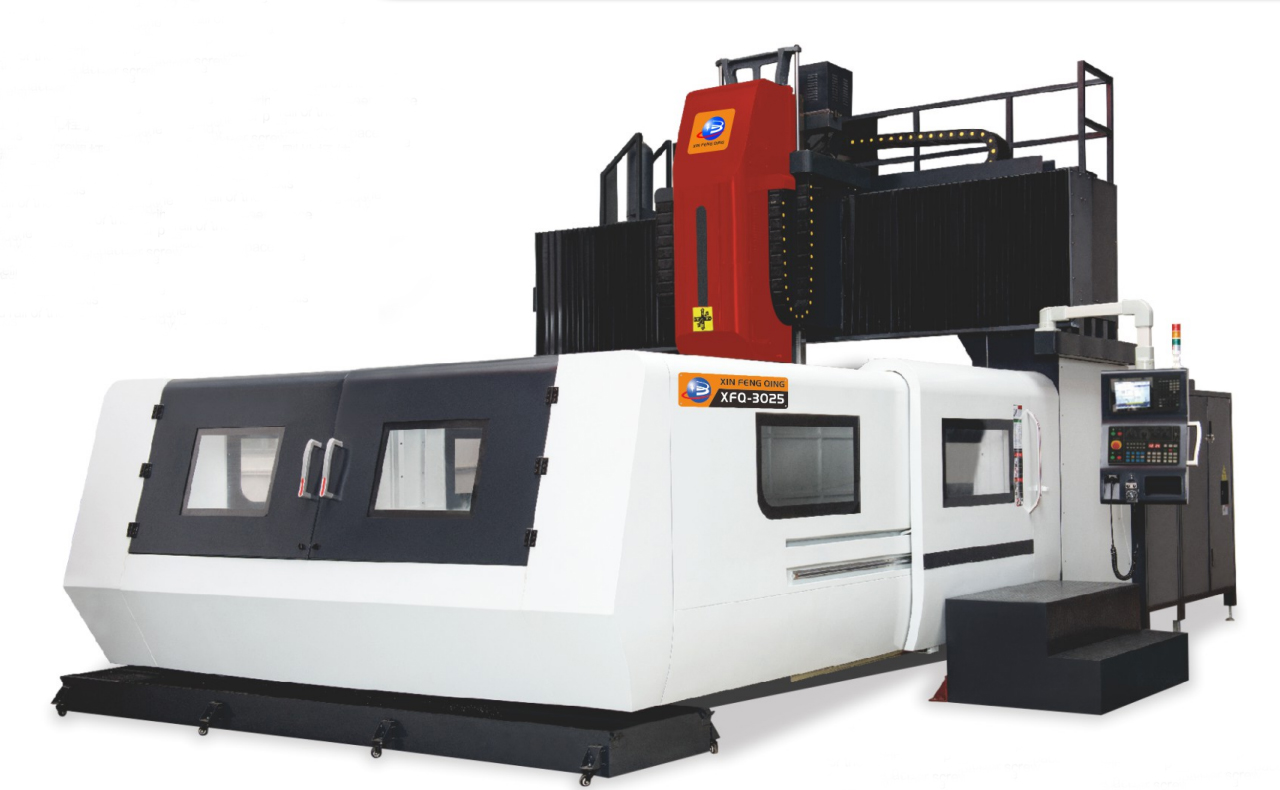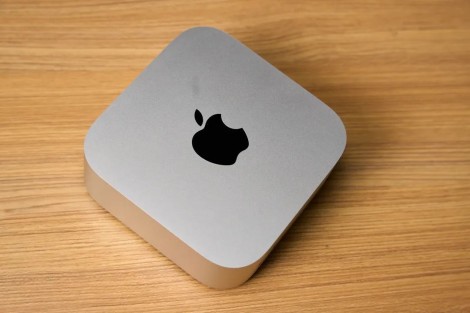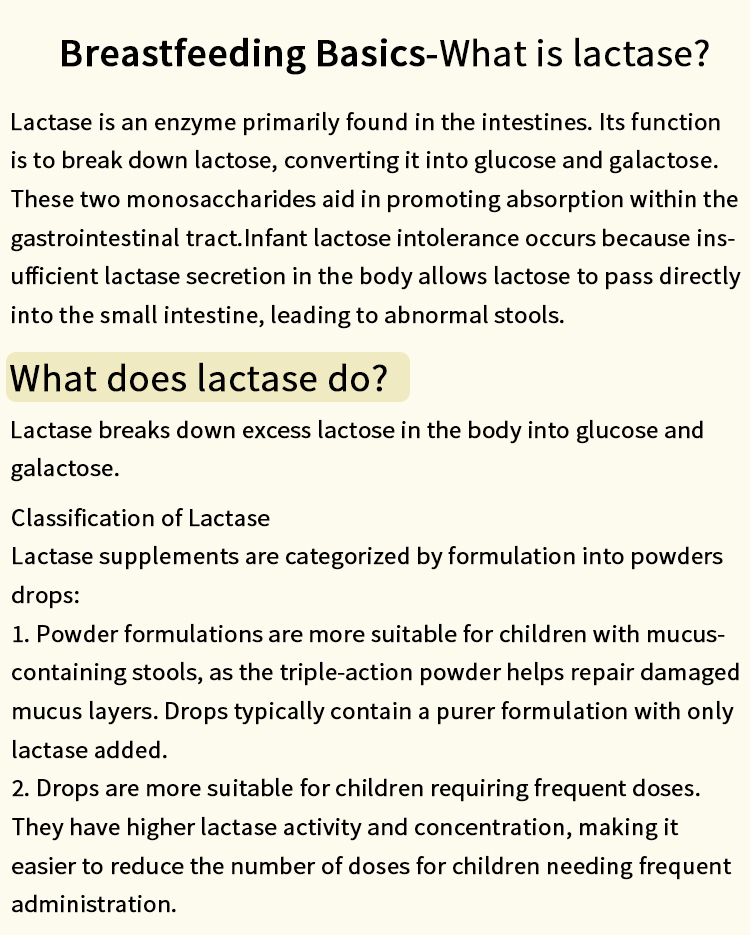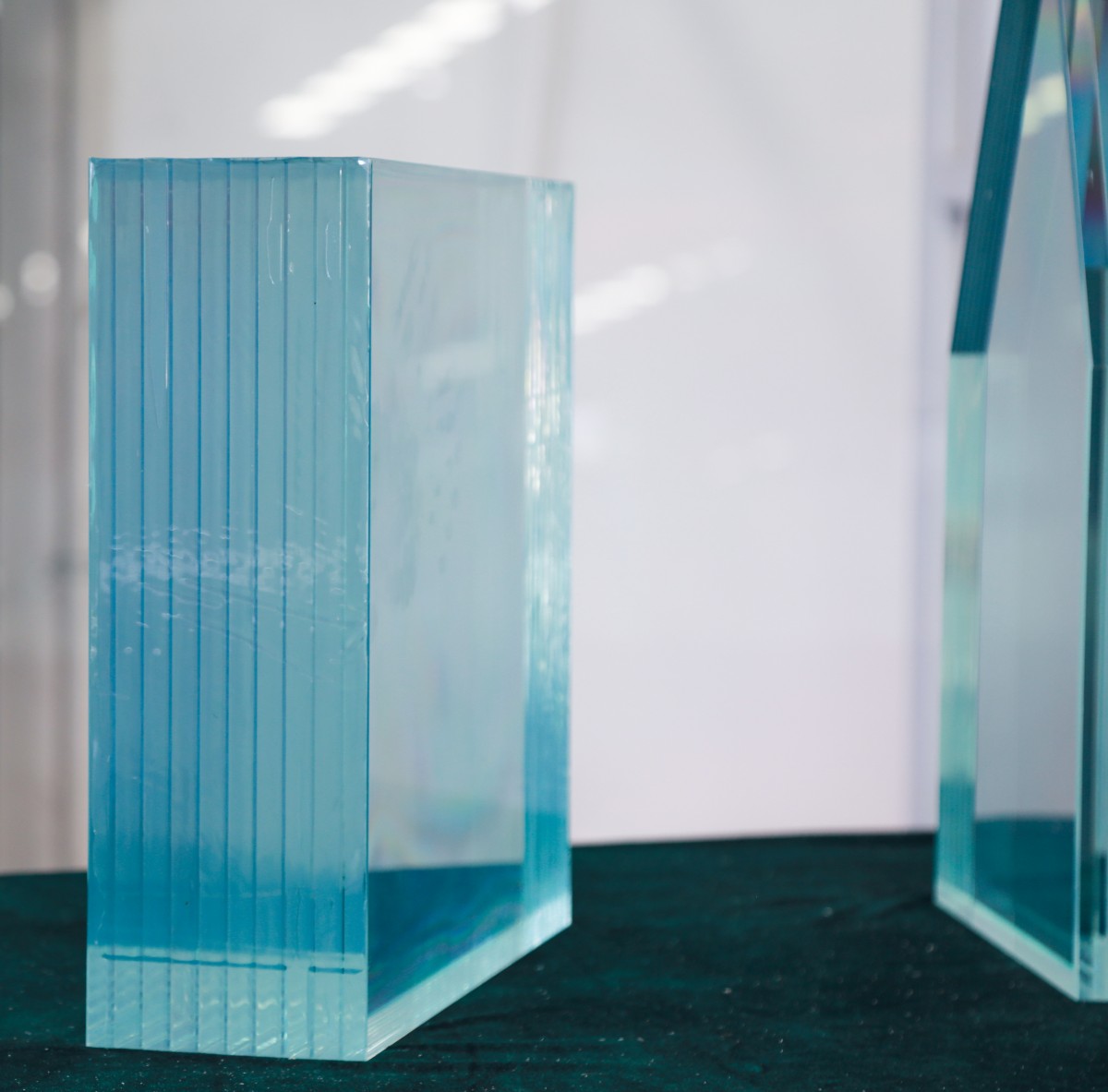Introduction: The Pursuit of Perfect PCBs
In the ever-evolving electronics industry, manufacturers are constantly challenged to deliver smaller, faster, and more reliable printed circuit boards (PCBs). From consumer gadgets to aerospace systems, PCB performance directly influences the efficiency of end products. One critical stage in PCB fabrication is etching, where unwanted copper layers are removed to form precise circuit patterns.
Traditional etching methods often face limitations in uniformity, precision, and consistency. Enter the High Precision Vacuum Etching Machine — a breakthrough innovation that ensures unparalleled quality in modern PCB manufacturing.
Why Precision Matters in PCB Etching
PCBs today are no longer simple single-layer boards. With the rise of:
-
High-density interconnect (HDI) designs
-
Ultra-fine line widths
-
Complex multi-layer boards
…the demand for precise etching has skyrocketed. Even a small deviation in copper removal can result in shorts, open circuits, or impedance mismatches. High precision vacuum etching machines address these issues by creating uniform and accurate patterns that meet strict quality standards required in industries like automotive electronics, telecommunications, and medical devices.
The Technology Behind Vacuum Etching
So, how does vacuum technology enhance PCB etching? Let’s break it down:
-
Vacuum Suction for Uniform Etching
By applying a vacuum environment, etching solutions spread evenly across the PCB surface. This prevents pooling and ensures consistent copper removal across all board areas. -
Fine Control Over Etching Depth
Modern machines allow manufacturers to set precise parameters for etching depth, crucial for fine-line circuits where a micron-level difference matters. -
Reduced Oxidation & Contamination
A vacuum environment minimizes exposure to oxygen, reducing oxidation that can compromise copper surfaces. -
Enhanced Productivity
Automated handling and controlled solution flow result in faster cycle times, which directly increases throughput without sacrificing quality.
Advantages of High Precision Vacuum Etching Machines
| Feature | Benefit to PCB Quality |
|---|---|
| Uniform Etching | Prevents over-etching and under-etching across the board |
| High Repeatability | Ensures batch-to-batch consistency |
| Fine Line Capabilities | Supports <50μm circuit patterns |
| Energy Efficiency | Optimized solution flow reduces waste |
| Cleaner Production | Lower chemical emissions, supporting green manufacturing |
Real-World Applications
-
5G Infrastructure
The demand for high-frequency PCBs in 5G base stations requires precise impedance control. Vacuum etching ensures copper traces remain consistent, reducing signal loss. -
Automotive Electronics
Safety-critical systems such as ADAS (Advanced Driver Assistance Systems) demand absolute reliability. Consistent etching eliminates potential defects that could lead to malfunctions. -
Medical Devices
From imaging machines to wearable sensors, precision PCBs are essential. Vacuum etching guarantees fine circuits that maintain device accuracy and stability.
Case Study: Boosting Quality in Flexible PCBs
A leading flexible PCB manufacturer faced challenges with uneven copper removal using conventional spray etching. After upgrading to a High Precision Vacuum Etching Machine, they achieved:
-
20% improvement in line-width accuracy.
-
30% reduction in rejected boards.
-
Enhanced durability of flexible circuits used in smartphones and wearables.
This demonstrates the transformative potential of vacuum etching in achieving world-class PCB standards.
Integration Into Modern PCB Production Lines
Integrating a vacuum etching system requires considering:
-
Production Volume: Scalable from small-batch prototyping to mass manufacturing.
-
Automation: Many modern units integrate seamlessly with robotic loading systems.
-
Maintenance: Proper calibration and cleaning ensure long-term performance.
For companies striving to meet global demand for compact, high-speed electronics, vacuum etching isn’t just an upgrade — it’s a necessity.
Sustainability and Eco-Friendly Manufacturing
Another critical advantage lies in sustainability. With optimized chemical flow and reduced waste, vacuum etching aligns with green manufacturing initiatives. According to IPC guidelines (IPC.org), eco-friendly processes are becoming standard compliance requirements in PCB supply chains. By adopting vacuum etching, manufacturers stay ahead in regulatory compliance while reducing their environmental footprint.
Choosing the Right Vacuum Etching Machine
Not all machines are created equal. When selecting one, manufacturers should look for:
-
Etching precision rating
-
Scalability for future production increases
-
Ease of maintenance and spare parts availability
-
Integration capability with automated lines
Suppliers like JXXR provide solutions tailored to both PCB and FPC (Flexible Printed Circuit) applications, offering manufacturers flexibility in meeting diverse customer requirements.
Conclusion: Etching the Future of Electronics
The transition to high precision vacuum etching machines marks a defining moment in PCB manufacturing. By ensuring uniformity, reliability, and eco-friendliness, these machines empower manufacturers to produce world-class circuit boards that fuel innovation in every sector — from 5G networks to life-saving medical devices.
For companies aiming to push the boundaries of technology, adopting vacuum etching technology isn’t just an option — it’s the pathway to long-term success.
www.jxxr-pcb.com
Shenzhen Juxin Xiangrui Machinery Equipment Co., Ltd.



